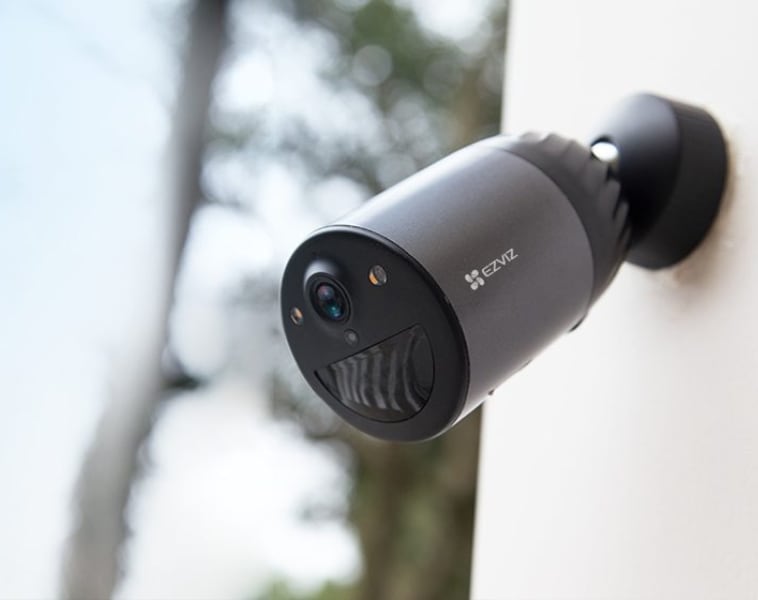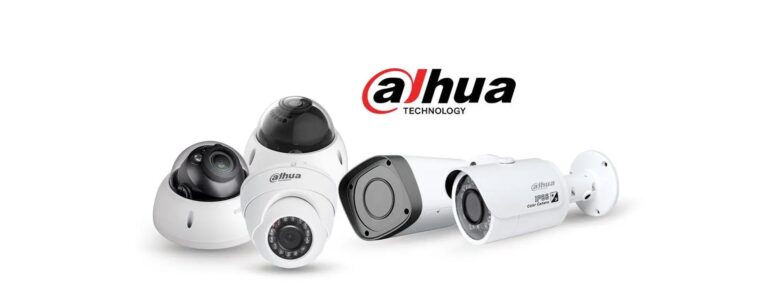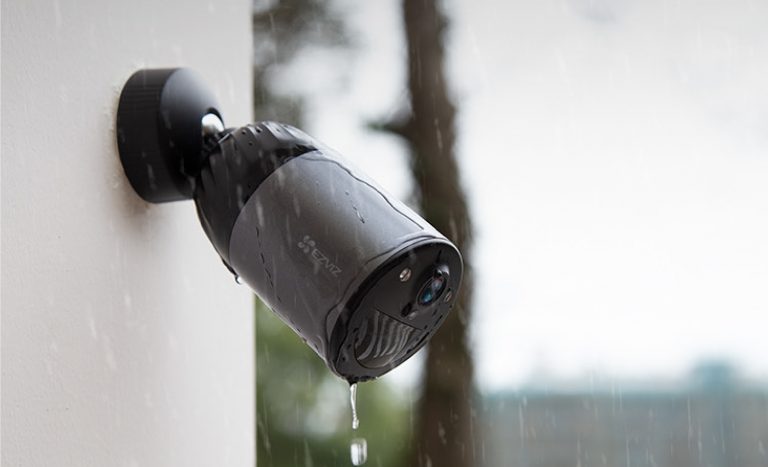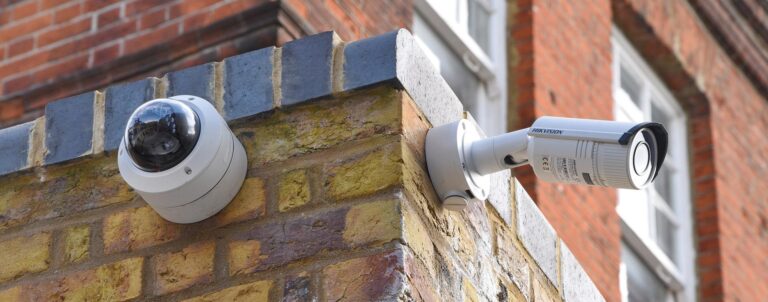Eyes Everywhere:
CCTV Camera Placement Best Practices. An In-Depth Guide to Maximizing Coverage and Deterrence

Introduction:
Understanding the Importance of CCTV Camera Placement
Practices that can help optimize surveillance coverage:
a. Conducting a Thorough Security Assessment:
Before installing CCTV cameras, begin with a comprehensive security assessment of your property or premises. Evaluate potential vulnerabilities, high-risk areas, and points of entry for unauthorized individuals. Involve key stakeholders such as security personnel, facility managers, and property owners to gather insights and diverse perspectives.
b. Identifying Critical Surveillance Areas:
Determine the critical areas that require close monitoring. These may include entrances and exits, parking lots, loading docks, storage areas, high-traffic zones, and any location with valuable assets or sensitive information. Prioritize these areas to ensure they receive sufficient camera coverage.
c. Overcoming Blind Spots:
Identify and address blind spots – areas not covered by any camera – as they provide potential hiding spots for intruders and may compromise overall security. Use a combination of fixed and PTZ (pan-tilt-zoom) cameras to reduce blind spots and maintain continuous monitoring.
d. Establishing Optimal Camera Height and Angle:
The height and angle at which cameras are mounted significantly influence their field of view and image clarity. For outdoor areas, mount cameras at a height that prevents tampering while providing an unobstructed view. For indoor spaces, consider ceiling mounting for improved coverage. Tilt the camera slightly downwards to avoid capturing unnecessary sky or ceiling space.
e. Adapting to Environmental Factors:
Lighting conditions, weather elements, and reflections can impact camera performance. Utilize cameras with day/night functionality and infrared capabilities for round-the-clock surveillance. Install cameras with sunshields or under eaves to shield them from direct sunlight, reducing glare and ensuring clear images.
f. Concealing Cameras for Covert Surveillance:
In certain scenarios, covert surveillance may be necessary to monitor employees, prevent internal theft, or gather evidence discreetly. Use hidden or disguised cameras in compliance with privacy laws and regulations, ensuring that the intention behind their use is ethical and legal.
g. Integrating PTZ (pan-tilt-zoom) Cameras:
PTZ (pan-tilt-zoom) cameras are valuable for monitoring large areas or spaces that require constant attention. Position PTZ cameras at key vantage points, allowing operators to remotely control their movements and focus on specific areas of interest.
h. Utilizing Wide-Angle and Fish-Eye Cameras:
Wide-angle and fish-eye cameras can capture a broader field of view, reducing the number of cameras needed in certain applications. Keep in mind that these cameras may introduce image distortions at the periphery, and consider using software correction techniques to minimize distortion effects.
i. Incorporating Warning Signs and Decoys:
Visible warning signs indicating the presence of CCTV cameras can deter potential wrongdoers and inform visitors that the premises are under surveillance. For enhanced deterrence, consider placing dummy or decoy cameras in strategic locations alongside real cameras, amplifying the perception of constant surveillance.
j. Regular Maintenance and Testing:
Ensure that your CCTV system is regularly maintained, cleaned, and tested to identify any technical issues or coverage gaps. Periodically review footage to assess camera performance and make necessary adjustments to enhance surveillance effectiveness.



